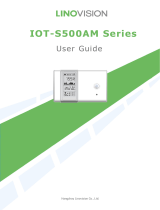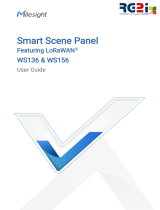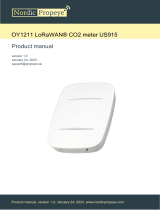
Contents
1. Product Introduction ......................................................................................................................... 4
1.1 Overview ...................................................................................................................................4
1.2 Features ................................................................................................................................... 4
2. Hardware Introduction ...................................................................................................................... 4
2.1 Packing List ..............................................................................................................................4
2.2 Hardware Overview ................................................................................................................. 5
2.3 Dimensions (mm) ....................................................................................................................5
2.4 Power Button ........................................................................................................................... 5
3. Operation Guide .................................................................................................................................6
3.1 NFC&Bluetooth Configuration ................................................................................................ 6
3.2 LoRaWAN Settings .................................................................................................................. 8
3.3 Positioning Settings .............................................................................................................. 11
3.4 General Settings .................................................................................................................... 12
3.5 Advanced Settings ................................................................................................................ 14
3.5.1 Threshold Settings ..................................................................................................... 14
3.5.2 Data Storage ............................................................................................................... 15
3.5.3 Data Retransmission .................................................................................................. 16
3.6 Maintenance .......................................................................................................................... 17
3.6.1 Upgrade ....................................................................................................................... 17
3.6.2 Backup .........................................................................................................................18
3.6.3 Reset to Factory Default .............................................................................................19
4. Installation ....................................................................................................................................... 19
5. Device Payload ................................................................................................................................ 20
5.1 Uplink Data .............................................................................................................................20
5.2 Downlink Commands ............................................................................................................ 24
5.3 Historical Data Enquiry ..........................................................................................................27























